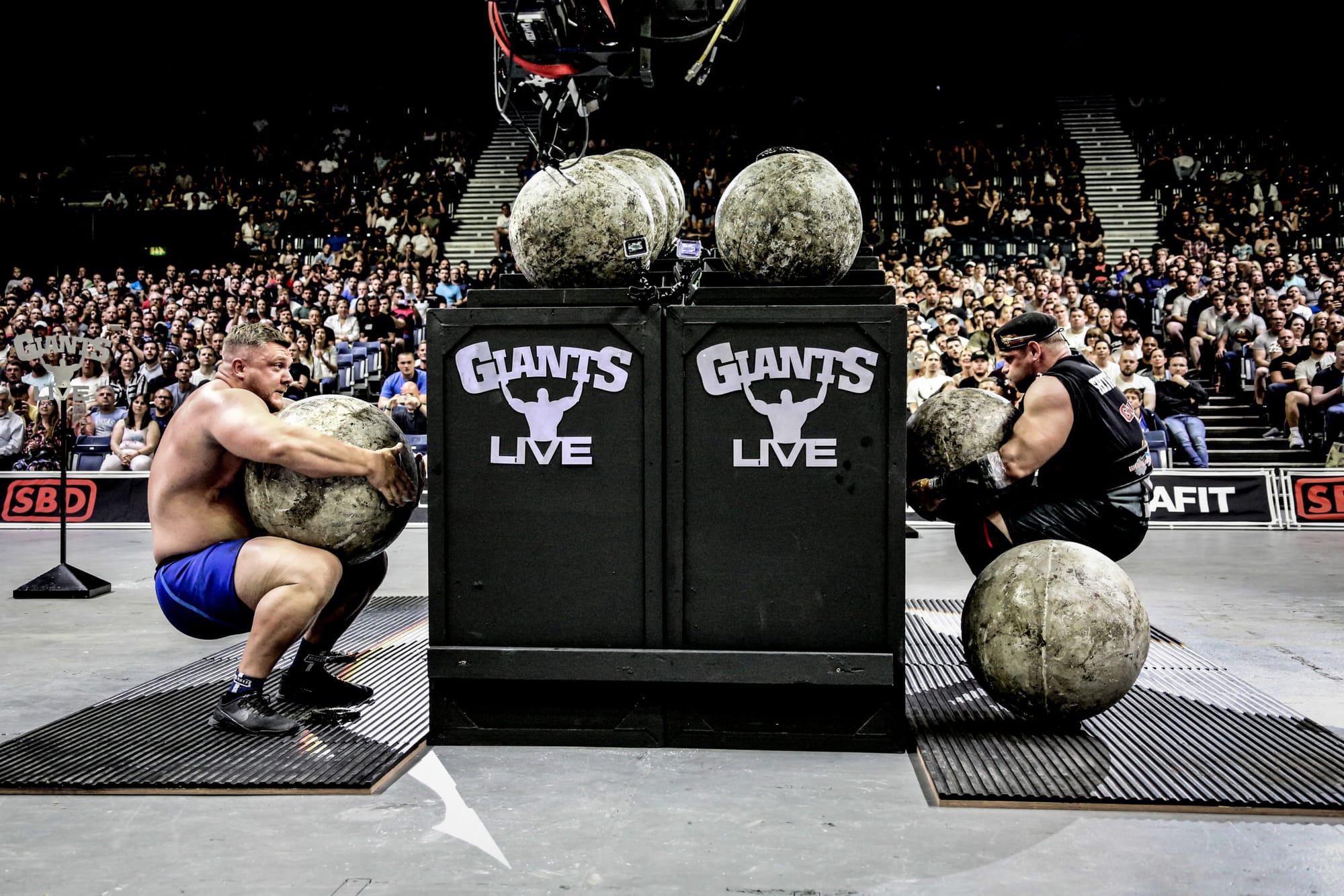Mitchell Hooper — aka The Moose — steps up to deadlift 360kg, and the crowd erupts: “Mooooose!” He makes it look effortless. Next to me, a man begins to yelp. “He’s looking strong,” he says to nobody in particular, before tearing into a bag of Maltesers.
We watch as half a dozen smiling competitors hoist kettlebells into the air. By the time the crowd favourite Tom Stoltman comes on, the hall is in raptures. When the Scot breaks a world record — for lifting a series of boulders — the building practically shakes.
Welcome to the World’s Strongest Man, the most raucous date in the Royal Albert Hall’s calendar.
Despite the grand setting, this is only a qualifier. The main tournament takes place next week in Sacramento, California, where 30 men will compete across a punishing range of challenges in front of 5,500 avid fans. Tickets for the final day start at $173. The rest will have to watch on TV. In 2022, more than 2.5 million people tuned in to see Tom Stoltman take the title.
The official World’s Strongest Man championship was conceived by CBS in 1977, though strength contests themselves are as old as civilisation. Today, around 30 men qualify for the final — typically held in America, though past venues include China (in 2013), Botswana (2017) and the Philippines (2018). The title, if you win, brings with it not just bragging rights, but prize money worth around £80,000 and more in sponsorships. Stoltman had won in three of the past four years, but faces fierce competition from Canada's Mitchell Hooper and Ukraine's Oleksii Novikov.

“I come from the era of Geoff Capes,” says Caroline Blackburn, referring to Britain’s most famous strongman in the Eighties. She works at the aptly named Giants Live, the company behind the UK qualifiers. Unsurprisingly, she’s a lifelong fan.
“The best thing is seeing a world record broken,” says Caroline. “That, and finally meeting Mark Felix” — the British strongman who has qualified for the final a record 18 times.
I can empathise. When my grandfather emigrated from India in the 1970s, he left behind a rich culture steeped in wrestling and weightlifting. In Britain, he found little to match it — until he discovered World’s Strongest Man (WSM).
Become a free member to read this article.
